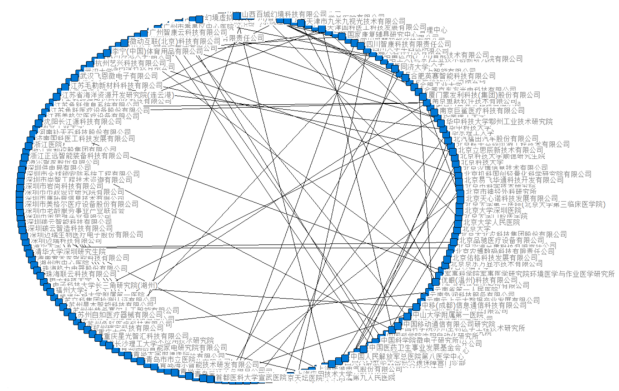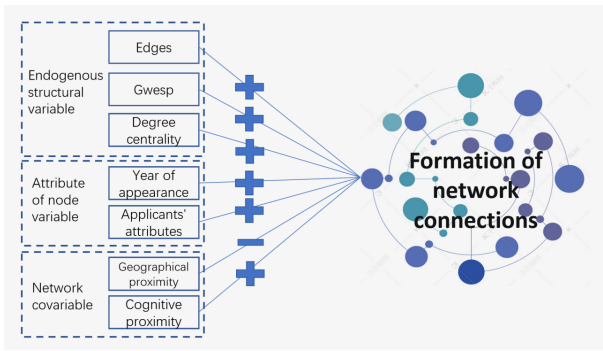Unlocking the Innovation Secrets in Smart Medical
Published 25 June, 2024
Smart medical is the product of the deep integration of the healthcare service industry and information technology. With the advent of new-generation information technologies such as artificial intelligence, big data and cloud computing, along with the support of government policies, the application scope of smart healthcare continues to expand.
In an article published in the Journal of Digital Economy, a duo of scholars from the School of Management at Shanghai University used cooperative patent data from the smart medical industry to study the factors and mechanisms of innovation network formation, supplementing the research on the endogenous factors driving network innovation in this field.
"Innovation networks are interactive organizational relationships constructed through mutual cooperation among innovation participants," explains Professor Chao Lu, the first author of the study. "Besides external factors such as the geographical distance between nodes and the organizational attributes of nodes, the structural characteristics of the network itself, such as geometrically weighted edge sharing and degree centrality, also influence network formation.”
Given that the innovation network in the smart medical industry is rapidly forming, a comprehensive analysis of the formation mechanism is essential. “Most existing studies in the field of smart medical are qualitative in nature, and few have focused on using quantitative methods to study the innovation process. Our study addressed this gap by integrating the intrinsic effects of network endogenous variables on network formation, thereby enhancing the reliability and validity of research on innovation networks in the smart medical industry,” adds corresponding author Bin Li.
The authors found that among the main participants in the smart healthcare industry innovation network, similarities in organizational attributes, geographical proximity and more recent years of patent cooperation all promote the formation of network connections. Conversely, a pronounced core-periphery structure and lower network density can hinder the formation of diverse network connections to some extent, which is not conducive to the healthy development of the network.


Contact author name, affiliation, email address:
Ms. Bin Li, School of Management, Shanghai University, 200444, P. R. China. Email: lib15138@shu.edu.cn
Funder:
This research is supported by National Natural Science Foundation of China (Grant No. 72174116), and The Science Research Projects of Yibin Sanjiang New Area (Grant No. 2023SJXQRKX001).
Conflict of interest:
The author Chao Lu is an Associate Editor for [Journal of Digital Economy] and was not involved in the editorial review or the decision to publish this article. The authors declare that they have no known competing financial interests or personal relationships that could have appeared to influence the work reported in this paper.
See the article:
Lu C, Li B, The influence factors of innovation networking formation based on ERGM: Evidence from the smart medical industry, Journal of Digital Economy, Volume 2, 2023, Pages 64-80, https://doi.org/10.1016/j.jdec.2023.06.001

